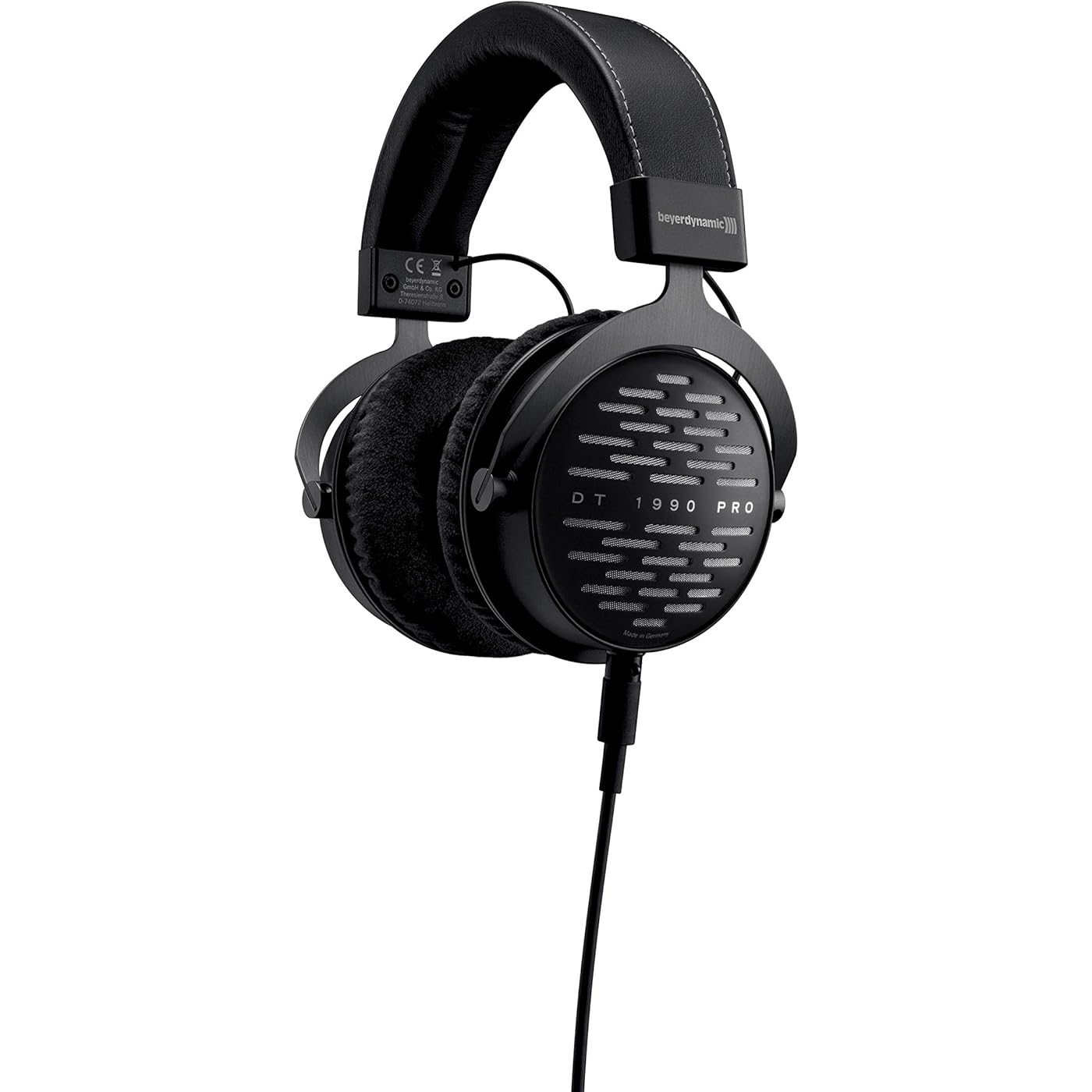
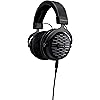

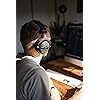
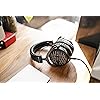

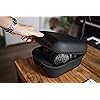
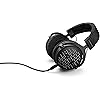
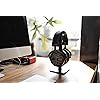
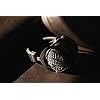
Buy Now, Pay Later
- – Up to 36-month term if approved
- – No impact on credit
- – Instant approval decision
- – Secure and straightforward checkout
Ready to go? Add this product to your cart and select a plan during checkout.
Payment plans are offered through our trusted finance partners Klarna, Affirm, Afterpay, Apple Pay, and PayTomorrow. No-credit-needed leasing options through Acima may also be available at checkout.
Learn more about financing & leasing here.
FREE 30-day refund/replacement
To qualify for a full refund, items must be returned in their original, unused condition. If an item is returned in a used, damaged, or materially different state, you may be granted a partial refund.
To initiate a return, please visit our Returns Center.
View our full returns policy here.
Features
- Open studio reference class headphones for mixing and mastering, Made in Germany
- 250 ohms, 45 mm dynamic Tesla neodymium drivers
- Single sided, detachable cable with mini-XLR connectors
- Soft, replaceable ear pads and headband for long studio sessions. Headphone frequency response : 5-40,000 Hz. Nominal sound pressure level : 102 dBSPL (1mW/500Hz)
- Delivery contents: 2 ear pads with different sound characteristics (analytical and well-balanced), two pairs of cables (3m straight and coiled), premium hard case
- Connectivity Technology: Wired
- Included Components: Set Of Ear Pads, Headphone, And Two Cables
Description
The DT 1990 Pro reference headphones combine these decades of expertise in headphone technology with the latest Tesla driver technology in an open-back design. Thanks to its high-resolution and well-balanced sound The DT 1990 Pro sets new standards, Not least in terms of design and workmanship. As with all beyerdynamic professional studio Headphones, The DT 1990 Pro is also handcrafted in Germany. Backed by high-quality materials and meticulous workmanship, This high-end product is a long-term investment. Together with an ingenious open-back design, The high-resolution Tesla drivers ensure a wide, dynamic and extremely natural stereo image. Titanium-coated acoustic fabric and carefully selected precision-woven textiles round off the balanced sound quality. Natural and exceptionally Spatial Sound is achieved thanks to the open-back design. The optimized Spatial Sound reproduction makes the DT 1990 Pro headphones a reliable reference for mixing and mastering applications as well as for critical listening. Choose between a well-balanced sound or Analytical sound thanks to replaceable velour ear pads. Both ear pad variants are included to finish off this impeccable studio headphone package.
Brand: beyerdynamic
Color: Black
Ear Placement: Over Ear
Form Factor: Over Ear
Impedance: 250 Ohms
Is Discontinued By Manufacturer : No
Product Dimensions : 7 x 4 x 8.5 inches; 1.5 Pounds
Item model number : 710490
Date First Available : August 9, 2016
Manufacturer : beyerdynamic
Best Sellers Rank: #39,614 in Musical Instruments (See Top 100 in Musical Instruments) #118 in Recording Headphone Audio Monitors
#118 in Recording Headphone Audio Monitors:
Customer Reviews: 4.6 4.6 out of 5 stars (1,667)
Noise Control: None
Frequency Response: 5 Hz
Sensitivity: 102 dB
Headphones Jack: 3.5 mm Jack
Model Name: DT 1990 PRO
Connectivity Technology: Wired
Included Components: Set of ear pads, headphone, and two cables
Material: Fabric
Specific Uses For Product: Studio
Recommended Uses For Product: Audio Monitoring, Gaming
Compatible Devices: Cellphones
Control Type: Media Control
Cable Feature: Detachable
Item Weight: 1.5 Pounds
Water Resistance Level: Not Water Resistant
Unit Count: 1.0 Count
Control Method: Touch
Number of Items: 1
Audio Driver Type: Dynamic Driver
Audio Driver Size: 45 Millimeters
Earpiece Shape: Round
Series Number: 1990
UPC: 713803233758
Generation: 1
Supports Bluetooth Technology: Yes
Special Feature: Tangle Free Cord, android-phone-control
Global Trade Identification Number: 90
Manufacturer: beyerdynamic
Product Dimensions: 7 x 4 x 8.5 inches
Item Weight: 1.5 pounds
Item model number: 710490
Is Discontinued By Manufacturer: No
Date First Available: August 9, 2016
Frequently asked questions
To initiate a return, please visit our Returns Center.
View our full returns policy here.
- Klarna Financing
- Affirm Pay in 4
- Affirm Financing
- Afterpay Financing
- PayTomorrow Financing
- Financing through Apple Pay
Learn more about financing & leasing here.




















